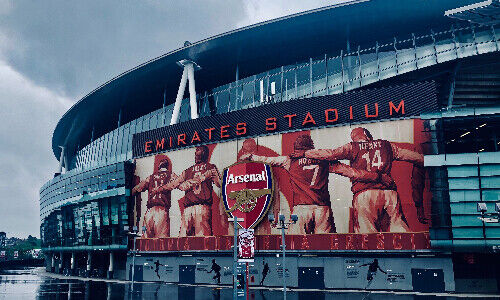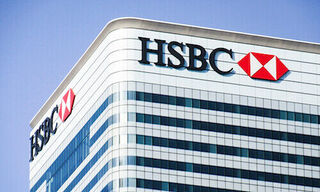Amid escalating concerns, an independent study published Thursday delivers a stark reality check on the worsening financial health of football clubs across England.
The report, «Still ill? Evaluating the Financial Sustainability of Football», authored by Christina Philippou from the University of Portsmouth and Kieran Maguire from the University of Liverpool, paints a grim picture of the current financial state of football clubs.
Commissioned by the Department for Culture, Media and Sport (DCMS), the report analyzes a spectrum of metrics to assess club financial stability.
Pivotal Factor
Building on last year’s pre-pandemic club data analysis (2018-19), this year’s report reveals that financial sustainability remains distant. The scope was broadened to encompass all the top five tiers of professional men’s football, including the National League. This expansion also incorporated new metrics namely the operating cash flows (OCF) and owner funding contributions, unmasking a comprehensive view of the looming financial crisis.
OCF emerges as a pivotal factor in the club's financial woes. While typically a positive measure for businesses, indicating resources for future growth, football clubs often face negative OCF due to precarious financial management. Astonishingly, only 55 percent of Premier League clubs generated positive OCF in the 2021-22 season, while the Championship could only muster one club in the positive territory.
Abrupt Exit of Roman Abramovich
«The financial sustainability of English football remains at a precipice, with the majority of clubs in the top 5 tiers technically insolvent, almost half the Premier League and almost all the Championship having negative cash flows at the end of the 2021-22 season, and a strong dependency on owners being exhibited across clubs,», Philippou, principal lecturer in accounting and financial management at the University of Portsmouth, said.
The report also casts a spotlight on the dangerous overreliance on owner funding. With traditional banks hesitant to lend to such entities due to risk-related reasons, clubs often depend on owner capital. This dependency amplifies insolvency risks, evident in cases like the abrupt exit of Roman Abramovich from Chelsea FC.
Structural Imbalances Remain
«The football authorities did come together in the main during COVID and lockdown, providing, along with broader financial assistance such as furlough, the funds to see the industry through the pandemic. However, structural imbalances remain, especially in relation to financial gaps that encourage clubs to overspend to achieve on-pitch success,» said Maguire, senior teacher in accountancy, finance and accounting at the University of Liverpool.
Third-party funding is rare due to the risks associated with professional football such as poor cost control (Premier League wages have increased by 3,600 percent since it started in 1992, compared to a 94 percent rise in the CPI). The report highlights the significant losses being made in the industry, negative operational cash flow and reliance on credit that as the modern funding model.
«Our study sends a distress signal – UK football is in poor financial health. The report is a wake-up call for corrective actions to safeguard the sport's future,» Philippou added.



















